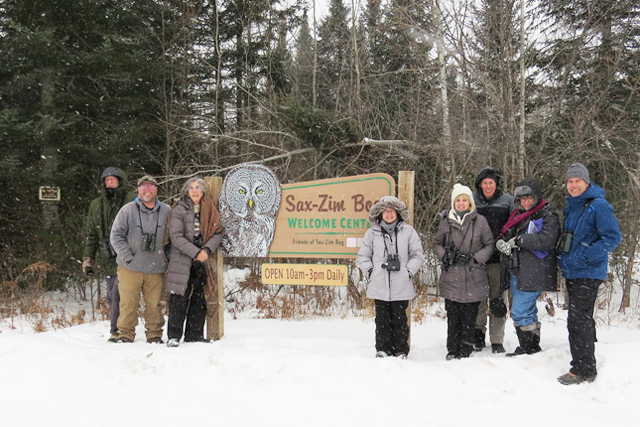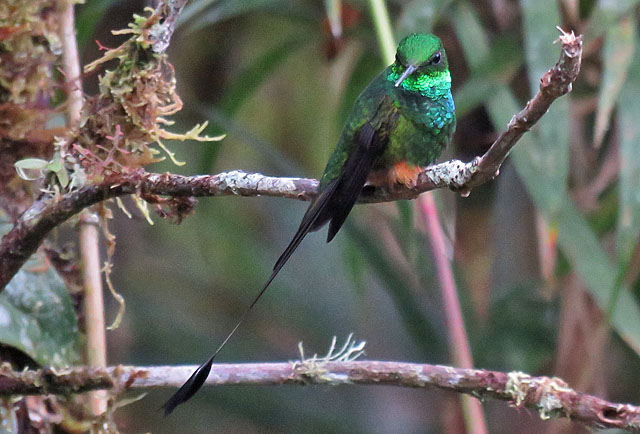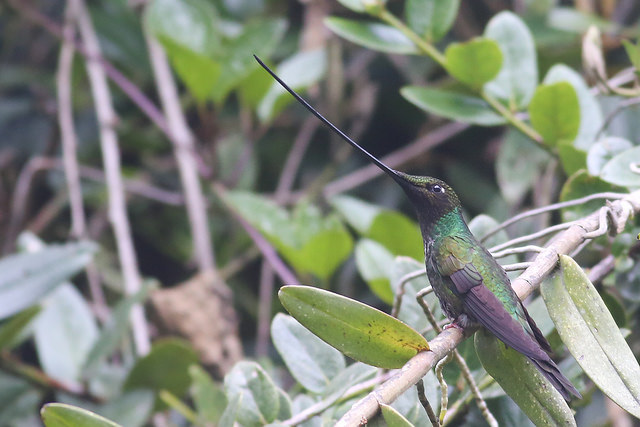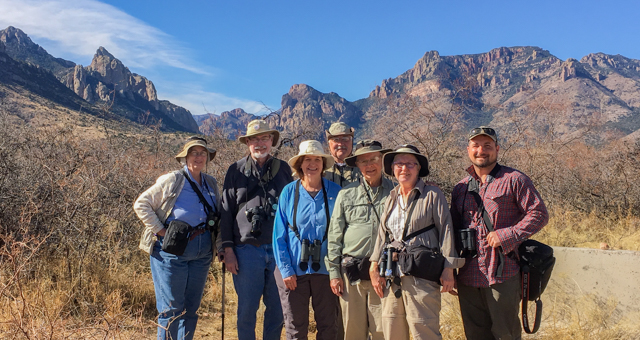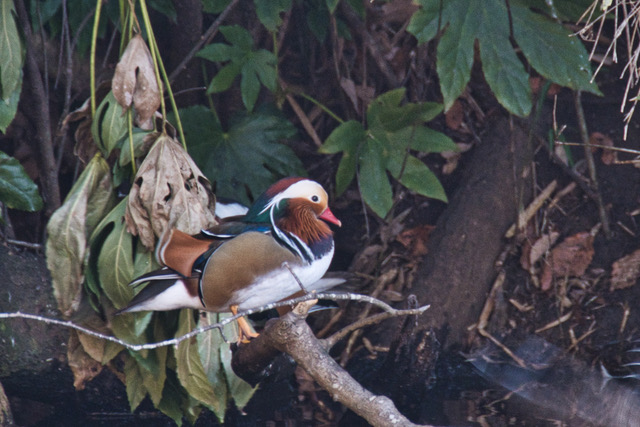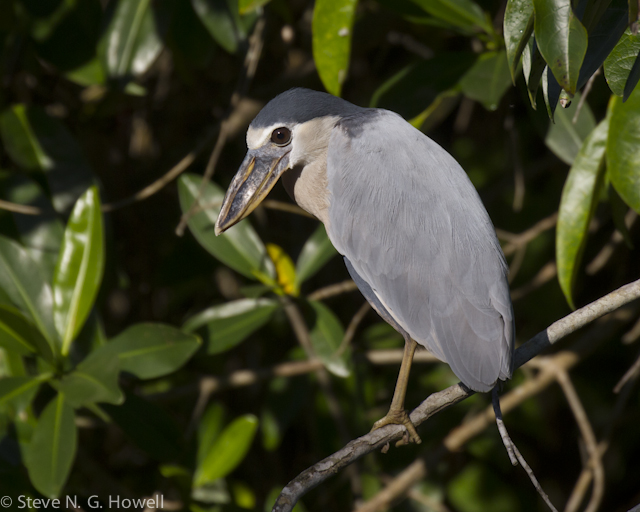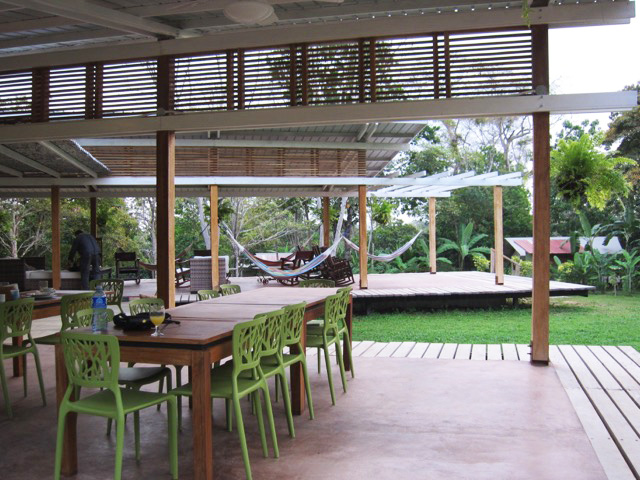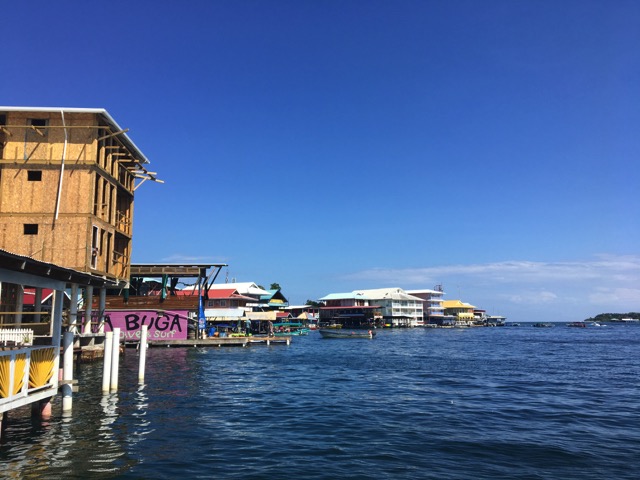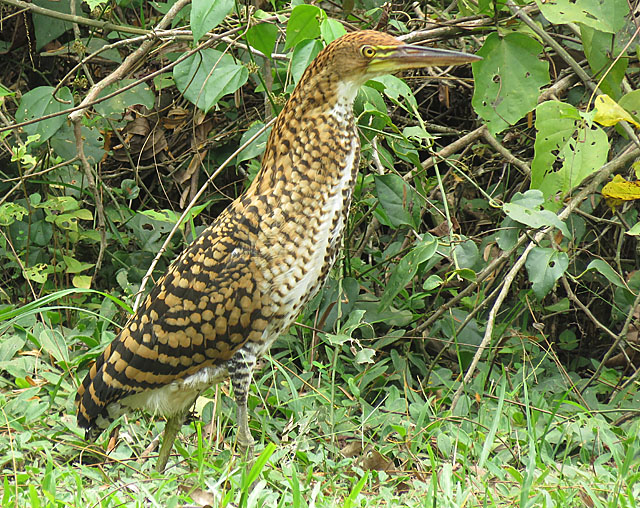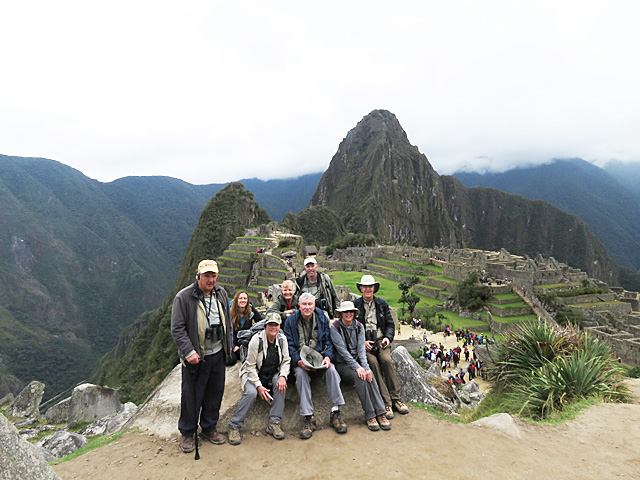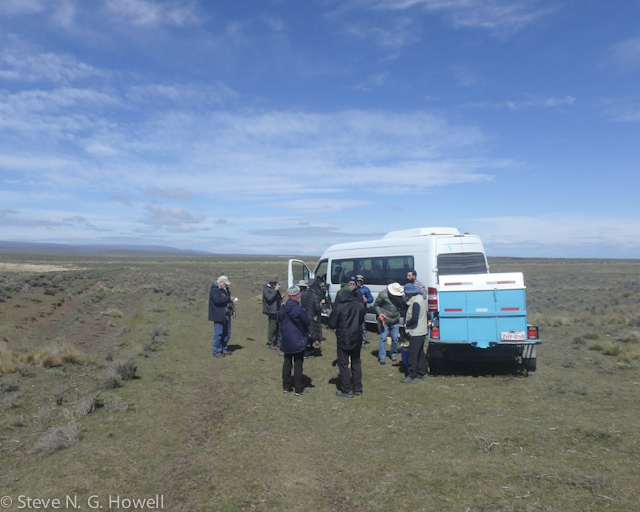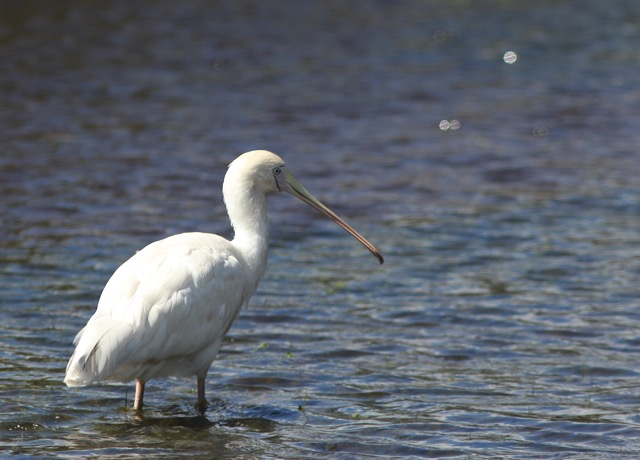Reports From the Field
Feb 14, 2018
Rich Hoyer on his just-completed tour, Peru: The Cloud Forests of the Rio Mayo and Abra Patricia
Dec 12, 2017
Gavin Bieber on his recently completed tour, Panama: Bocas del Toro and the Western Highlands
Nov 27, 2017
Rich Hoyer on his recently-completed tour, Peru: Rainforest Lodges of the Madre de Dios
Nov 14, 2017
Steve Howell on his and Jake Mohlmann's ongoing tour, Chile: Tierra del Fuego to the Atacama Desert
Nov 13, 2017
Gavin Bieber on his recently completed tour to Western Australia and Northern Territory
© 2025 WINGS Birding, Inc.
